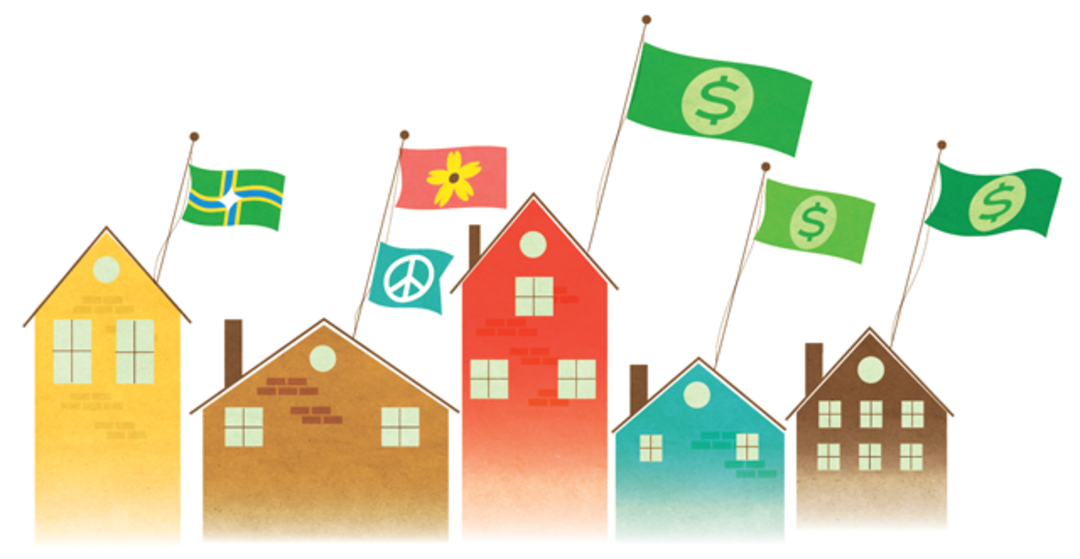Portland Real Estate Is Still Dirt Cheap—And That's the Problem

Image: Amy Martin
As we created this month’s feature on Portland real estate, I kept thinking about two situations involving friends of mine.
No. 1: A couple puts a nice, perfectly normal Southeast Portland bungalow on the market. They receive 32 offers. Thirty-two. One of them texts me: “The stack of agents’ cards left behind is as tall as our child.”
No. 2: I stroll N Mississippi with survivors of New York and LA housing brutality. After we browse some fancy footwear, my visitors check out fliers in a real estate office window. “Wait,” one says. “How can Portland’s designer work boots be $350 a pair while its houses are practically free?”
Between these two scenarios, you have our reality. If you want to buy in our hot central-city neighborhoods, where inventory is essentially nil, prepare to beg. I heard tales of house-hunters snapping cute selfies on a seller’s porch to send along with the now-mandatory charming letter. And nonfinancial advantage is often necessary. “We are seeing a lot of buyers heavily subsidized by cash,” says Jenelle Isaacson, founder of Living Room Realty. “You have first-time buyers competing against family money and equity from elsewhere. That’s hard to outbid with a normal down payment.”
So a frenzy greets every good house. And yet, at the same time, even after decades of angst about gentrification, Portland remains relatively cheap. OK, breathe. Here’s what I mean: In our more expensive neighborhoods—Alameda, Laurelhurst, Southwest Hills, and the like—average prices run between $600,000 and $700,000. That’s expensive for our median household income of $56,000. But it’s not expensive compared to San Francisco or Vancouver, British Columbia, or, really, any coveted city. (In fact, the median home price in San Francisco is more than $800,000.) We’re a bargain. For some. “If you own a flat in London,” says Isaacson, “you could have a house in Laurelhurst with a pool.”
My Mississippi Avenue friends could no sooner afford a Chelsea apartment than a Virgin Galactic space flight, but this is what they saw, too. Relative to many places, you can buy a lot here with less, finance at historically low interest rates, expect high returns—and meanwhile, live in Portland. And it’s not just “the Californians.” It’s also Oregonians, lured to the metro area that creates almost two-thirds of the state’s economy. And Portlanders, escaping a pricey rental market. And investors and developers. (And the Californians.)
All that money sloshing around will mean more than crazy bidding swarms for Craftsmans. To save Portland’s age-old egalitarian quirk, we need ideas—new housing policies, better infrastructure in outlying neighborhoods, and architecture designed for working families. And, yes, we need to build, but maybe not as we have built. (Check out this essay for a blue-sky-thinking reboot to Portland’s urban planning.) The problem is actually simple supply and demand. Lots of people want Portland at its best. Right now there’s just not enough of it.
ZACH DUNDAS
Executive Editor

- Meet Portland's New International Homeowner Class
- Big Money Moments in Portland Real Estate
- Will Portland's Historic Houses Survive the Wrecking Ball
- Where to Look for Real Estate Steals in the Portland Area
- How Portland Can Double in Size Without Destroying Itself
- Secrets of Portland's Top Real Estate Agents
- How the New Max Orange Line Will Change Portland
- Portland's Neighborhoods By The Numbers: Where to Buy in 2015
